Reopening after COVID – Stay open, stay safe - by Ed Lombardo
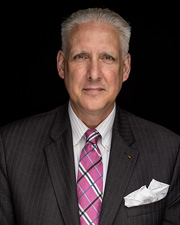
As businesses look at opening back up after a year-and-a-half of COVID shut down across the country, they face the common problem of how to keep their employees and their customers safe. No one wants to take unnecessary risk, and employees want to know that their employers are doing whatever they can to make sure that the environment stays safe as people begin to mingle in ways that they have not for 18 months.
Per The Real Deal, October 12, 2021, “New York City, one of the biggest office markets in the country, saw a rise of almost 10% of employees return in the last month. At the beginning of September, usage was at 21%, the Wall Street Journal reported. Last week, usage was all the way up to 30%.” So it is happening.
The CDC recommends a layered approach to reduce exposure to SARS-CoV-2, the virus that causes COVID-19. This approach includes using multiple mitigation strategies, including improvements to building ventilation, to reduce the spread of disease and lower the risk of exposure. In addition to ventilation improvements, the layered approach includes physical distancing, wearing face masks, hand hygiene, and vaccination.
In addition to being effective at preventing COVID, any processes and procedures must also be cost-effective and non-intrusive, so that they don’t become a burden for any of the parties involved. Below are several of the tips and ideas that we have heard from our customers and those in the industry that will hopefully help make this process easier for you. They fall into two broad categories:
1. Things that require action by your employees; and
2. Things you can do separately from employees.
Actions that require participation by the people in the office
Use PPE appropriately
The face mask has become ubiquitous since COVID began; it’s not going away. However, to achieve some of the benefits of in-person meetings again, as well as in commercial situations, it can be helpful to define the situations when they are not required. The consensus to date is that vaccinated people in most situations should not require masks to protect themselves.
Require vaccines
A vaccine mandate is very much a double-edged sword. Federal anti-discrimination laws don’t prohibit employers from requiring all employees who physically enter the workplace to be vaccinated for COVID. Employers that encourage or require vaccinations must consider reasonable accommodations when employees refuse to get vaccinated for pregnancy-related or other medical reasons, or based on sincerely held religious beliefs, unless an accommodation would cause undue hardship for the business.
Socially distance
Establish policies and practices for social distancing. Remind employees that people may be able to spread COVID even if they do not show symptoms. Consider all close interactions (within 6 feet) with employees, clients, and others as a potential source of exposure. Discourage handshaking, hugs, and fist bumps.
Actions that do not require participation from people in the office
Daily surface cleaning
Many offices may want to reduce the level of daily cleaning as people become more accustomed to COVID, but that is not a good way to create comfort about coming back to the office. Cleaning crews must come in to disinfect anything that might be contaminated, ideally using a product that is powerful but relatively safe for people. A designated person in your office should go over the products cleaning crews are using to make sure they are good for your environment. Additionally, you will want to make sure they are correctly cleaning frequently used items like the refrigerator and copy machines.
Cleaning the air
Cleaning up the air-conditioning is key. The small particles or droplets that contain COVID can be easily spread throughout an office building by way of the air conditioning system. Cleaning out the system, on a regular basis, is one way of helping to limit such pathogens. But because pathogens can be continuously reintroduced, it is also necessary or at least desirable to have a method that kills pathogens in the air as they arrive or as they are circulated through the air conditioning system. There are two primary ways of doing this:
- Ultraviolet radiation or UV radiation can kill COVID. A machine designed for this purpose will do so without harming the skin of people the way strong sun exposure might.
- Add a disinfectant in the air. This can be the best method, as the particles of disinfectant can spread throughout an entire room, unimpeded by furniture or other objects. The disinfectant can also be introduced and turned off as needed.
There are a limited number of disinfectants ready and available for such a role. Characteristics that you would look for include:
- Registered on the EPA List-N of COVID-killing products.
- Able to do both surface cleaning and A/C in-the-air cleaning.
- Safe for people, with no harmful residue.
As an example, my company NexxGen Biocide offers Biotab7, a next-generation disinfectant that meets all those criteria. It also deodorizes and is environmentally friendly, and is safe for people and furniture. It is an EPA List-N, and can clean both surfaces and the air.
I hope this helps with meeting the goal of reopening your facility and bringing people back together.
Ed Lombardo is the NY regional sales executive at NexxGen Biocide, LLC, New York, N.Y.
NYC mayor and DOB release comprehensive façade inspection and safety study conducted by Thornton Tomasetti



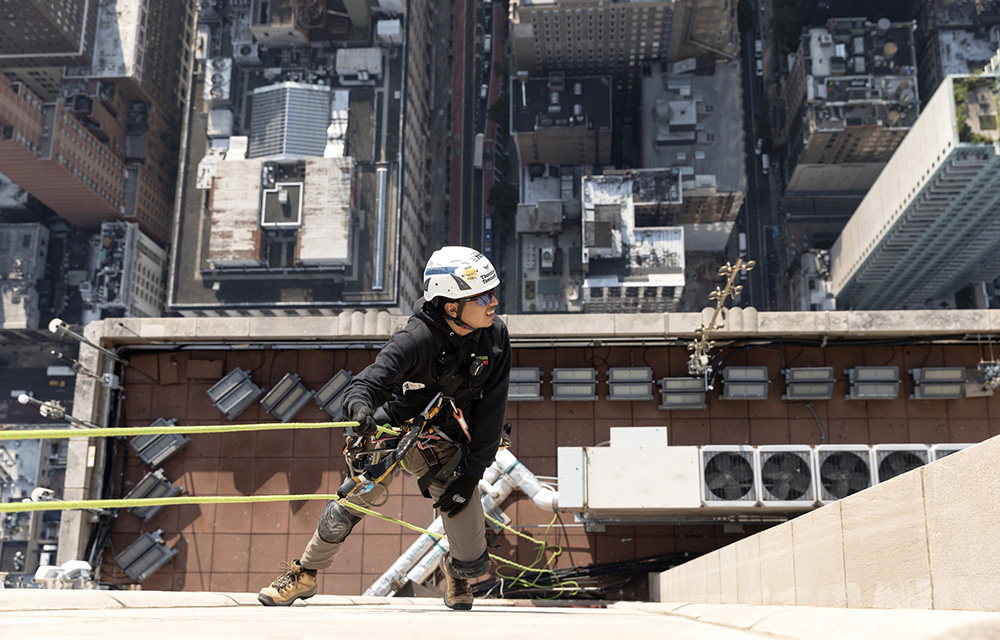

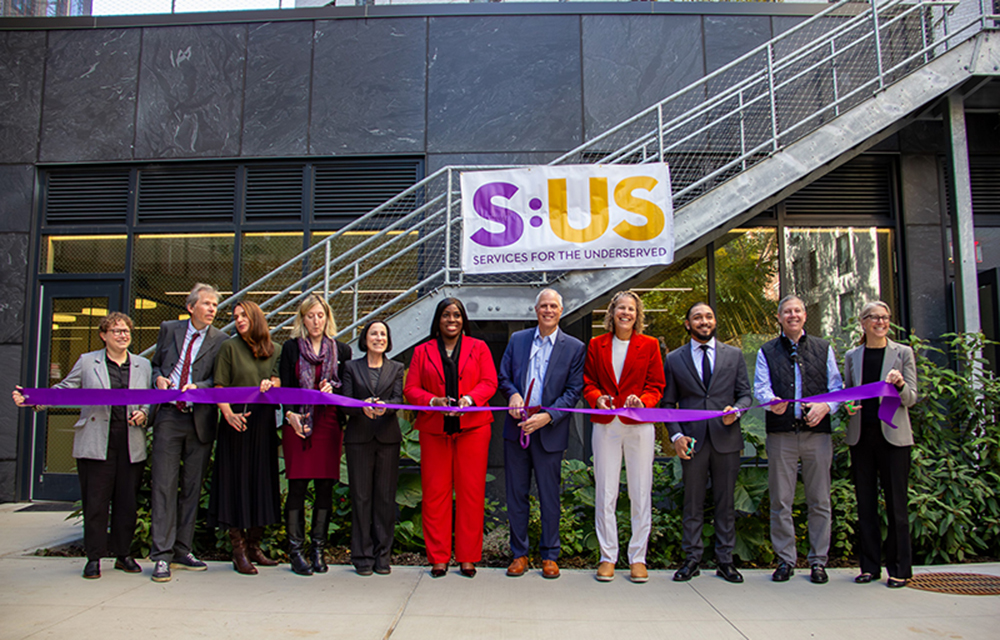
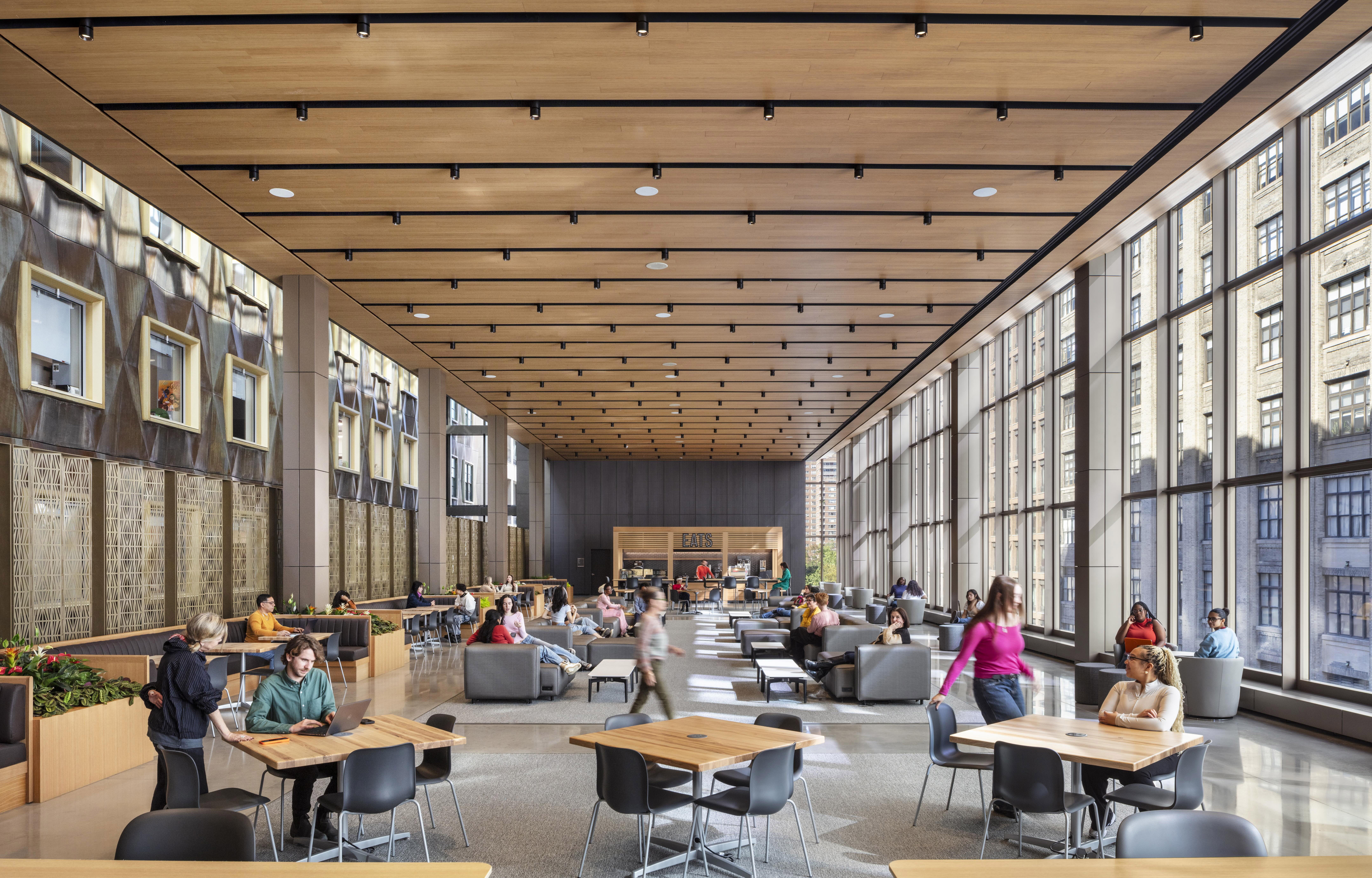
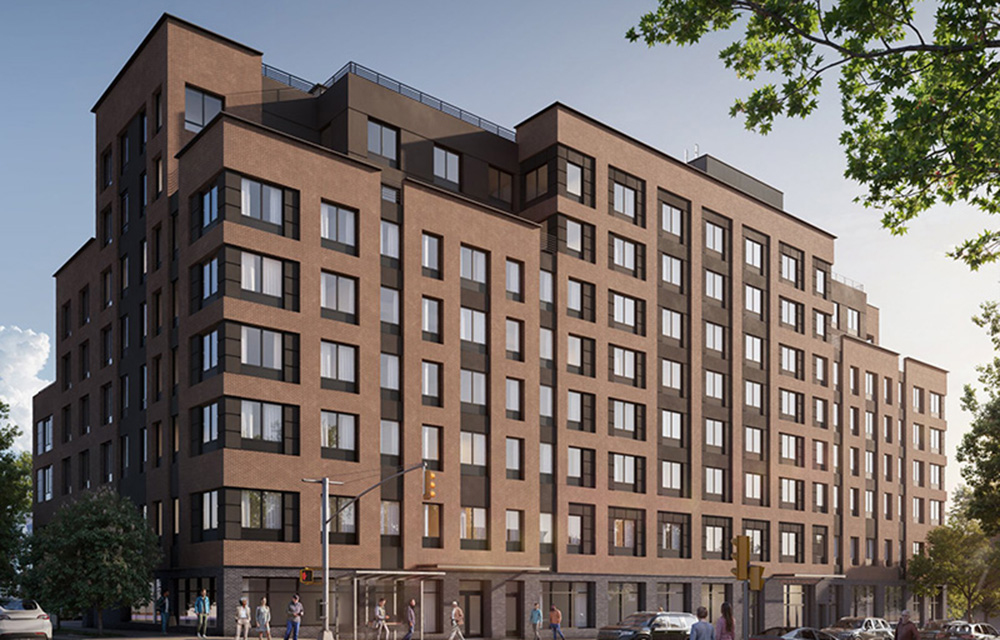
.gif)
.jpg)
.gif)
.gif)